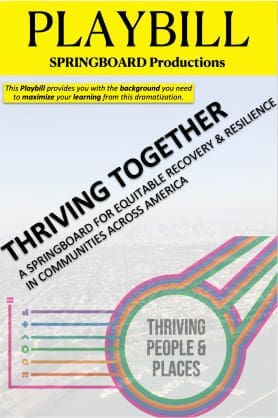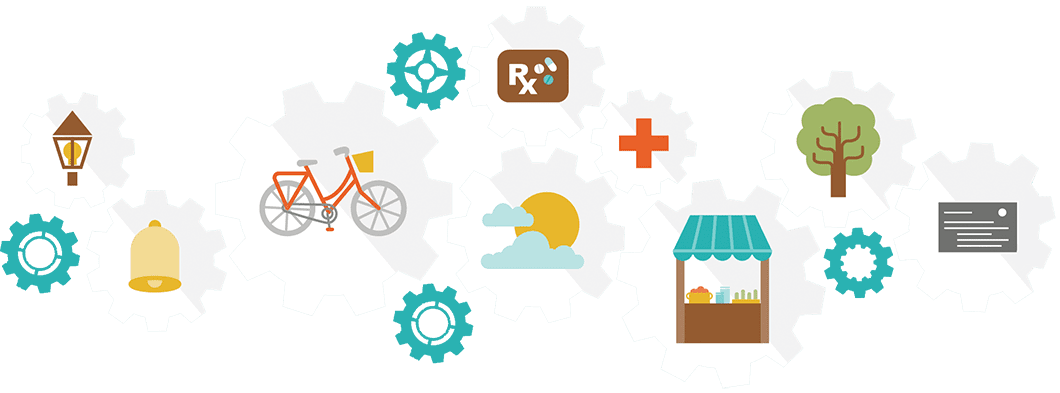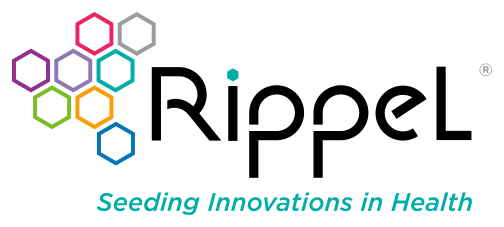Dynamic Modeling



Our well-being relies on a system that is not built for everyone to thrive. But it can be transformed if enough of us—individuals and organizations in every sector—see ourselves and each other as interdependent stewards in a movement for well-being, equity, and racial justice.
What does it take to be good stewards of the systems that shape our lives together? Rippel’s ReThink Health initiative and numerous contributors have developed a suite of award-winning simulation models that help stewards see for themselves how the decisions and investments we make can change systems over time, drive long-term impacts for equitable health and well-being, and create thriving communities.



ReThink Health’s dynamic maps and models equip stewards with practical tools to:
- Play out investment scenarios and identify high-leverage priorities for equitable health and well-being
- Spot connections among population health and well-being, demand and supply for health care and other services, cost of service delivery, equity among sub-groups, and workforce productivity
- Communicate and teach others about how to work in and through the complex systems that shape health and well-being
- Design portfolios of vital conditions and urgent services, centered around belonging and civic muscle
- Energize a movement of shared stewardship to transform unjust systems and create an equitable, thriving future

Dynamic Models
ReThink Health has developed the first dynamic model to map investment scenarios and track population-level changes in well-being by race and ethnicity. Planners can estimate the likely effects of investing community assets in key drivers of well-being—vital conditions like humane housing, lifelong learning, reliable transportation, meaningful work and wealth, and belonging and civic muscle; fairness in system design; and urgent services capacity. The model is designed to illustrate how shifts in investment priorities can change the trajectory of multiracial well-being and influence rates of thriving, suffering, and life expectancy over a time horizon of 25 years. The model can be configured to represent the entire U.S., or, with appropriate data and resources, virtually any specific region of the country.
ReThink Health created the Thriving Together Theater over several years with input from hundreds of contributors. Developed in conjunction with the Thriving Together Springboard and the federal interagency plan for Equitable Long-Term Recovery and Resilience, this interactive experience combines dynamic simulation and dramatic role-play to explore how a group of community stewards can recover from an unjust shock and move toward an equitable, thriving future. Participants play out the dynamics of recovery and renewal from a crisis over a 10-year time horizon, experimenting with various ways to allocate and balance investment priorities among the drivers of health and well-being. The team of participants negotiates group decisions about where to invest to alleviate struggling and suffering and help their community move toward a thriving future. The experience is unscripted; as in real life, the results depend on who participates.

The ReThink Health Dynamics Model provides a realistic yet simplified representation of a regional health system. It is an interactive tool that stewards anywhere can use to play out scenarios for transforming the system that produces health and well-being in their region. By simulating how a health system may respond to changes over time, it lets stewards understand the relationship between upstream and downstream factors and see how more than a dozen intervention options might play out, alone or in combination. Find out more and explore the model

Explore More Resources
Well-Being Dynamics
- Organizing Around Vital Conditions Moves the Social Determinants Agenda into Wider Action. Health Affairs Forefront, February 2, 2023
- How Can a Community Pursue Equitable Health and Well-Being after a Severe Shock? Ideas from an Exploratory Simulation Model, Systems, September 19, 2022
- Which Priorities for Health and Well-Being Stand Out After Accounting for Tangled Threats and Costs? Simulating Potential Intervention Portfolios in Large Urban Counties. The Milbank Quarterly, February 6, 2020
Health System Dynamics
- System Dynamics Modeling to Rethink Health System Reform. In Complex Systems and Population Health: A Primer, Oxford University Press, 2020
- Community and Programmatic Factors Influencing Effective Use of System Dynamic Models. System Dynamics Review, August 28, 2018
- Combined Regional Investments Could Substantially Enhance Health System Performance and Be Financially Affordable. Health Affairs, August 8, 2016
- The NASPAA Student Simulation Competition: Reforming the U.S. Health Care System Within a Simulated Environment. Journal of Policy Affairs Education, July 2016
- County Officials Embark on New, Collective Endeavors to Rethink Their Local Health Systems. Journal of County Administration, March/April 2013
